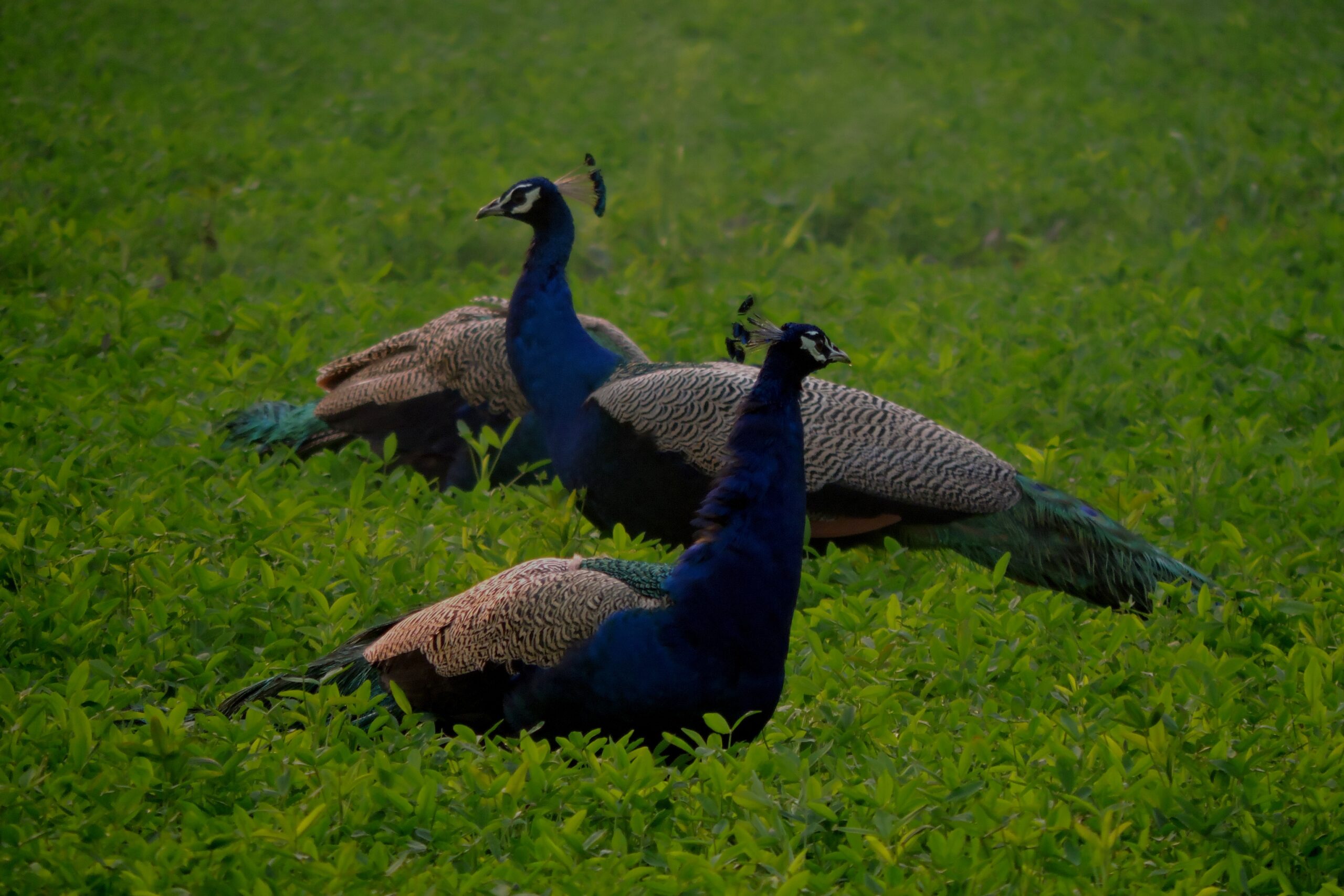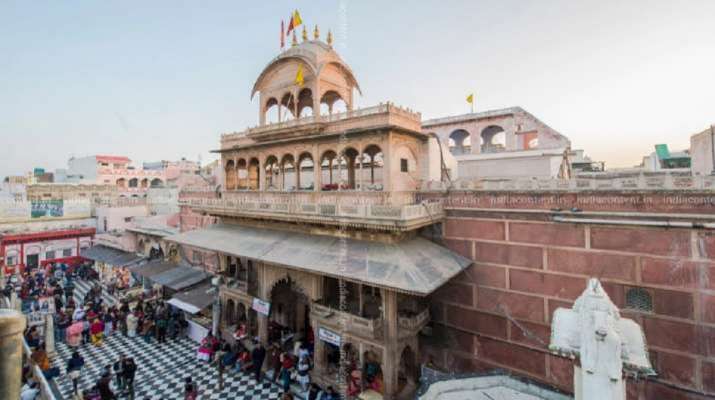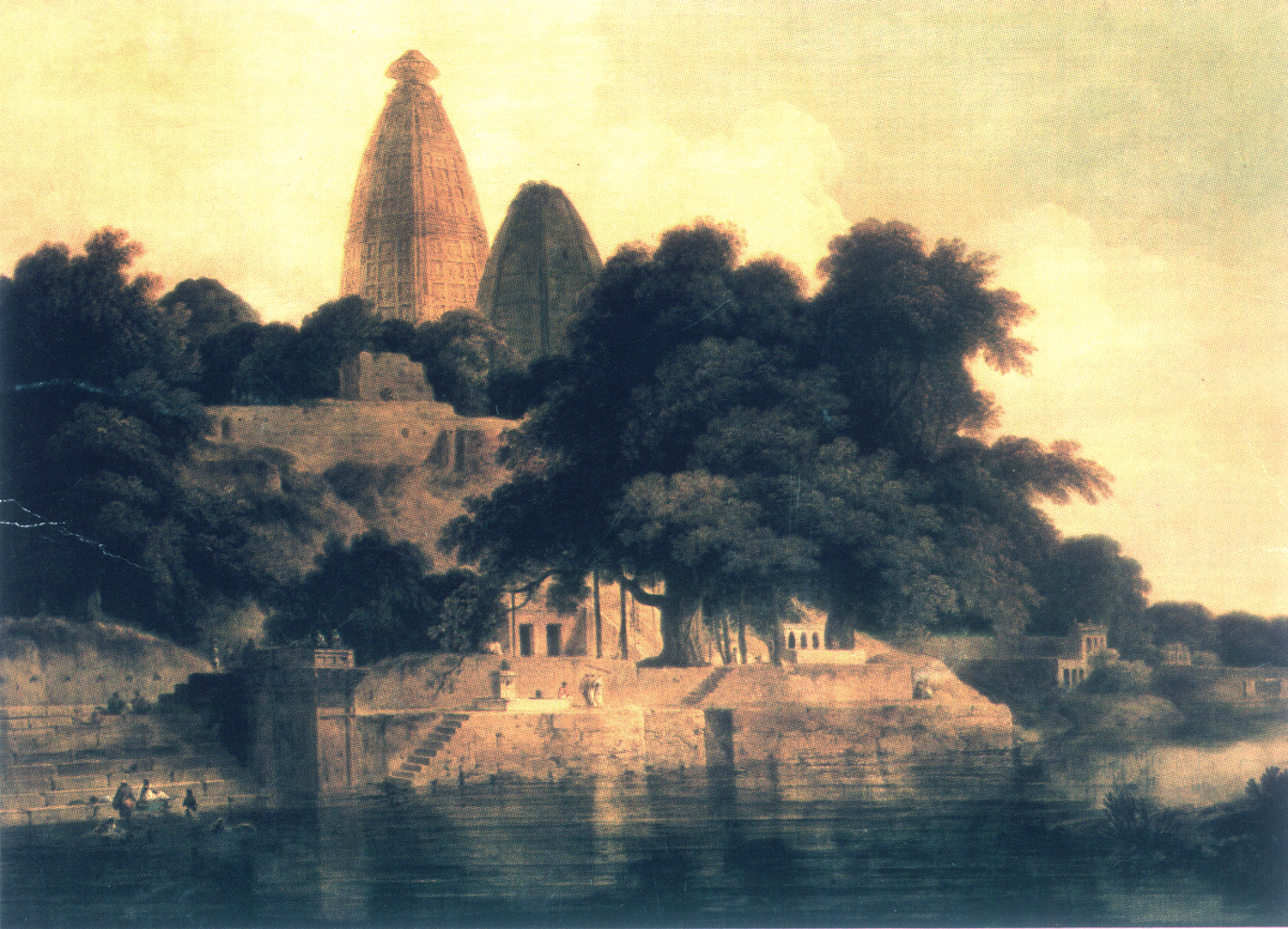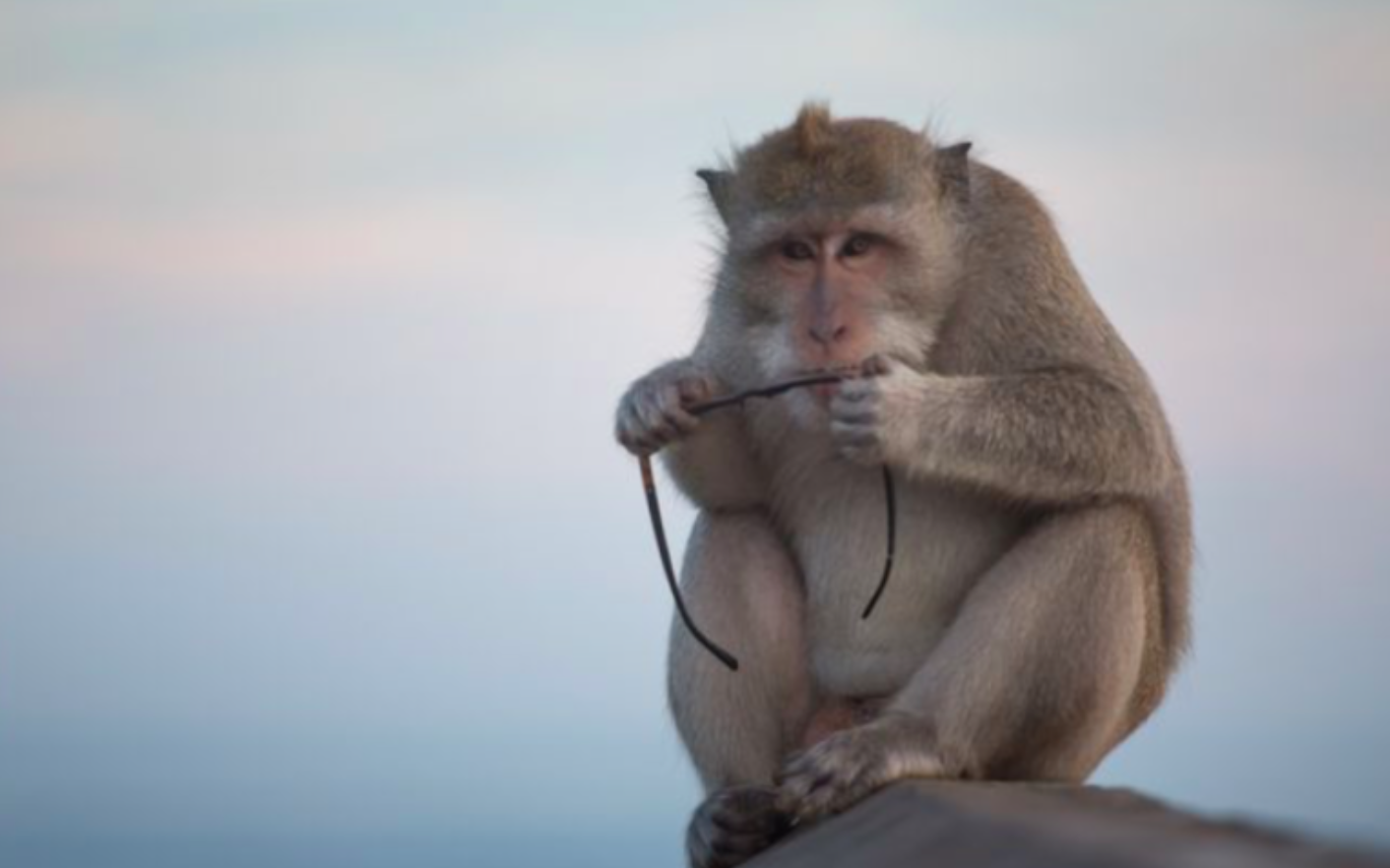The following article was written by Acharya Srivatsa Goswamiji of Sri Caitanya Prema Sansthana. This is Part –I.
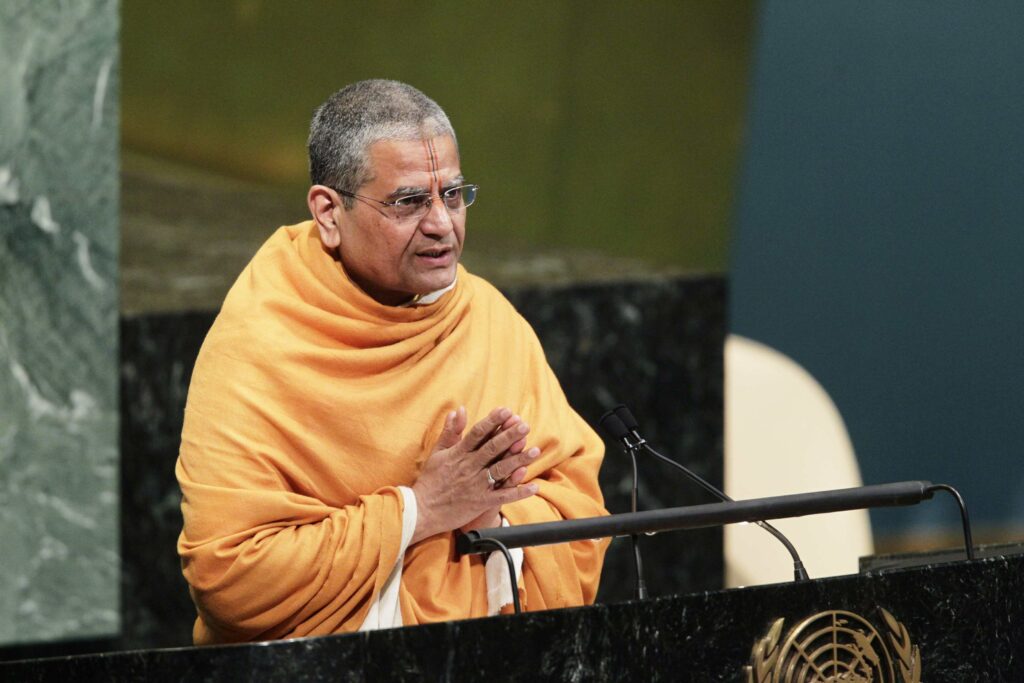
In 1987, the Indira Gandhi Rashtriya Kalakendra (IGNCA) and Sri Caitanya Prema Sansthana (SCPS) initiated the process of academically revisiting the culture richness of Braj. A serious and comprehensive documentation effort by SCPS grew into a rich archive of printed and audio-visual material that made it a natural home for scholars and researchers from India and abroad.
This collaborative effort, formally launched at the beginning of 1988, produced a series of translations of classical texts central to Braj, a compilation and publication of historic documents and a series of international seminars and multi-media exhibitions for exposing new audiences to the fascinating history and culture of Braj. The project came to known as Vraja Prakalpa.
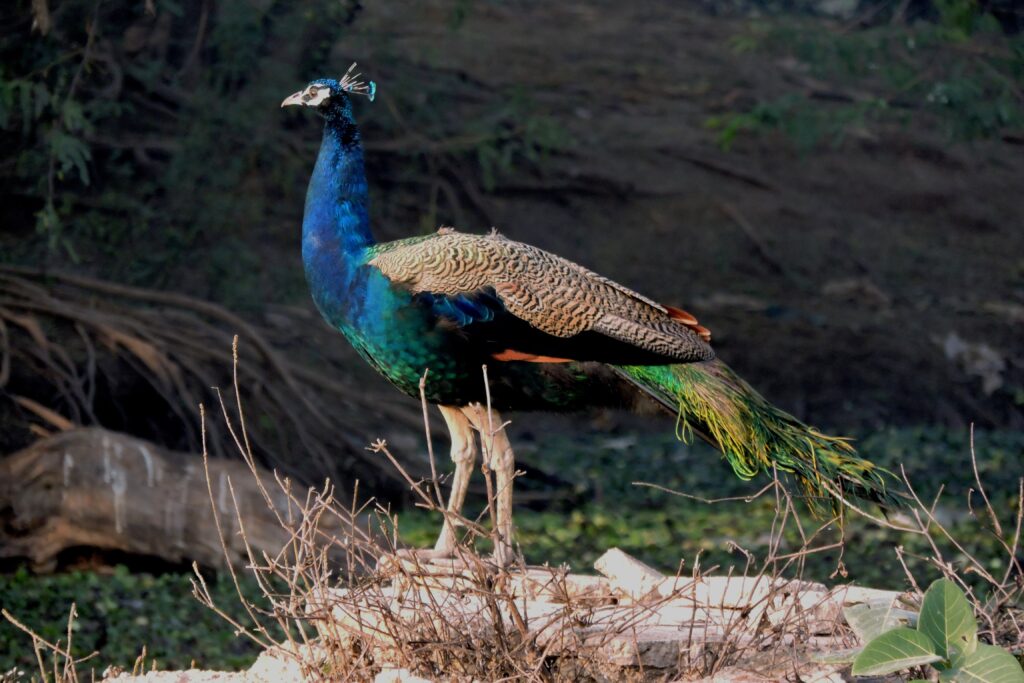
The Vedas Characterize Braj as a land “where cows with big horns roam aplenty”. Geographically, its core is defined by the presence of Mount Govardhan, the forests of Vrindavan and the river Yamuna running north to south, dividing it into eastern and western halves.
Braj (Sanskrit: Vraja) lies between Delhi and Agra. Not confined to the modern district of Mathura, Braj extends quite a distance into portions of Rajasthan and Madhya Pradesh and another hundred and more kilometres east of Mathura across the river Yamuna. What is it in this geography that makes Braj “Braj” a glorious, sacred and extremely busy destination, visited by millions of people year after year?
Braj is “Braj” because of its visitors, a fact that even its local residents acknowledge. In the Bhagavata Purana, the Gopies declare that Braj attained its glory ever since Krishna was born and lived here. Who was Krishna and why did he move to Braj? The Upanisads identify Krishna as the absolute reality; He is rasa, who was only partially manifested in the eternal space. He longed to be the object of the aesthetic experience which was available only to devotees. Hence, desirous of becoming the taster, he appeared in Braj.
On arriving there, what Krishna found was completely the opposite of what he had heard praised. The waters of Braj were poisonously polluted. Forests were on fire. Tornadoes were gripping the land. Economic, social, political and religious behaviour was guided by greed and exploitation, rather than rasa. Despite all this, Krishna, in his passionate insanity, did not return to his celestial abode for comfort and grandeur. Rather he decided to create what he did not find.
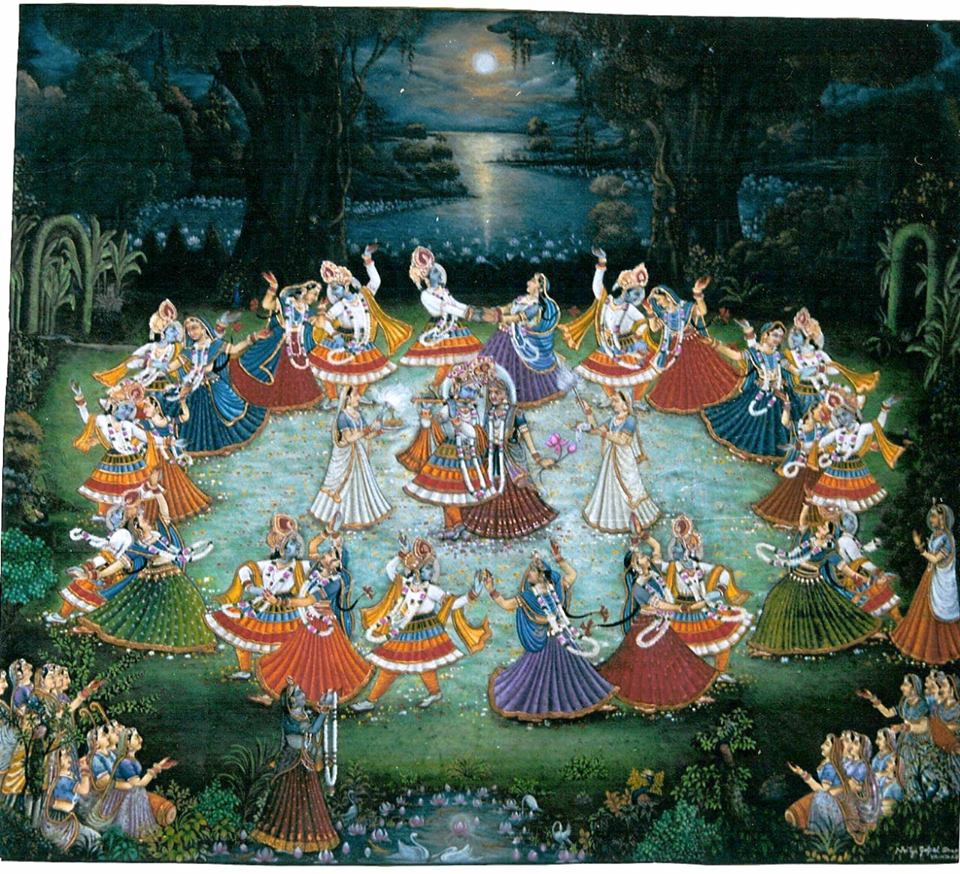
With the magic mantra of hard work and with love and service, he first restored the five natural elements of nature and affected their total harmony. He then applied what we know now as the Gandhian ethos of a “need-based economy” and a democratic rule of justice. Krishna’s concept of social structure was not determined by then popular caste-by-birth classification but was rather uniquely based on professional qualities. As Gopal, a servant of cows, he did not allow the exploitation of animals in the name of religion. He also did not hesitate to dislodge meaningless ritualism of the worship of ecological Gods and Goddesses, like Govardhan, Vrinda Devi and Yamuna Devi, cows and so forth.
Once these basics were in place, Krishna found the time to celebrate Love and Beauty. In the spirit of Braj (vraja means “to move”), he moved from Gokul to Vrindavan, from the nomadic settlements to the forests and groves where he could manifest and celebrate the universality of love. In Vrindavan, the western half of Braj, nature, animals, birds, men and women, high and low, human and divine, all could freely participate in his maharas.
Braj-Vrindavan, though, could not keep him for long. He moved to Mathura, the seat of politics in Braj. Guided by democratic and republican political ideas, he restored popular rule. But he soon realized that the bureaucracy in Mathura was unfit to serve the people. To inculcate the knowledge system of service (Sanskrit: bhakti) in the administration, he sent his prime minister, Uddhava, a great intellectual, to be trained under the gopis of Braj.
Uddhava did not lack in the masculine paths of knowledge and karma, but Krishna knew that these ways are incomplete if they are not grounded in the feminine bhakti – the concept of service with love and service as love.
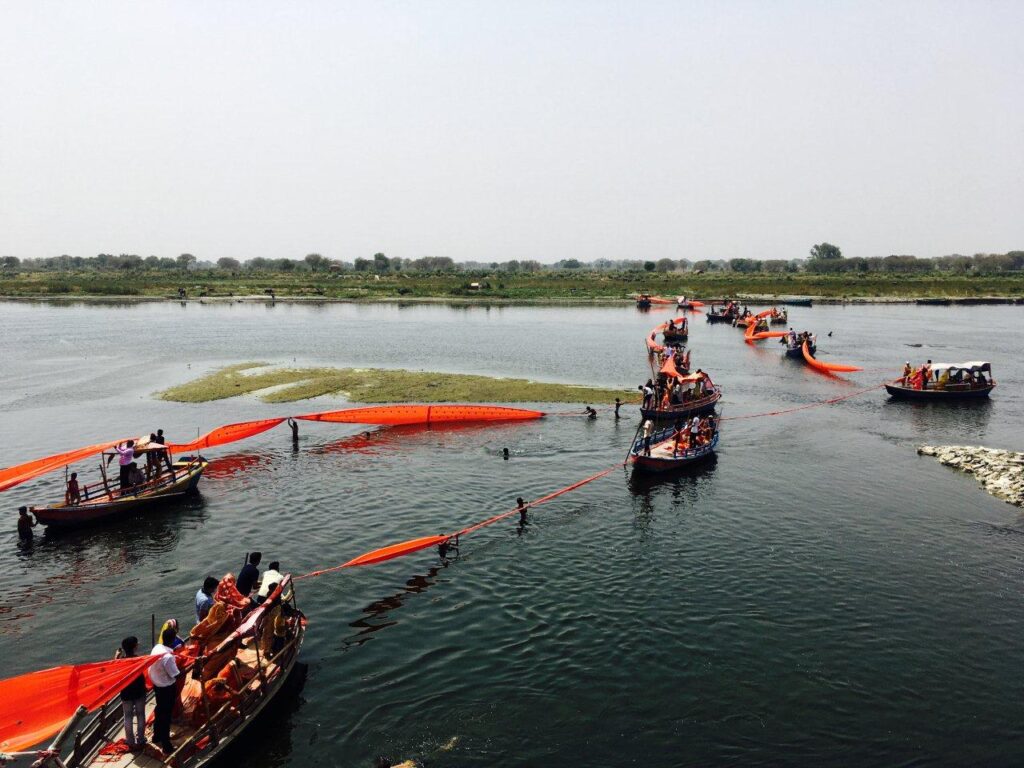
Empowered by his new learning, Uddhava, on his return, took charge of Mathura, and Krishna moved away from Braj to apply such unique Braj practices outside Braj. The sage Narada, who keeps a tab on happenings in the world, had heard about this knowledge system of love and service developed and applied by Krishna in Braj. On arriving to explore it, Narada found the area full of groves and water bodies, mountains and the pure flow of the river Yamuna. Finally he wound his way to Vrindavan and met the Goddess Vrinda. Vrinda made him see Krishna’s ras lila but not before she ordered him to take a dip in her tank of feminity. Narada now became the female Naradi. This experience resulted in the production of the pathbreaking Narada Bhakti Sutras.
After the Mahabharat war and the return of Krishna to his celestial abode, his great-grandson Bajranabh was anointed as the ruler of Braj by the Pandavas. Only a hundred years after Krishna’s departure, when Bajranabh took charge of Braj, he found that this area had been reduced to a wild forest with no habitation worth its name. Encouraged by King Parikshit, Bajranabh was moved to recreate and resurrect the places connected with Krishna’s memory. In this project, sage Shandilya, the priest of the cowherds, helped them identify the sacred spots and special spaces. Thus, with foundation of temples, deities, settlements, water bodies, groves and plantations, Braj re-manifested itself.
A couple of millennia later, Bhagavan Gautam Buddha was attracted towards this holy centre. He was highly disappointed in his first visit, but with the perseverance of his followers like Katyayan and the legendary Upagupta, a native of Mathura, who became the teacher of Ashok the Great, Buddha was encouraged to find in Braj a rich soil in which to plant his Bodhivriksh. This was a tree that took instant roots and grew rapidly.
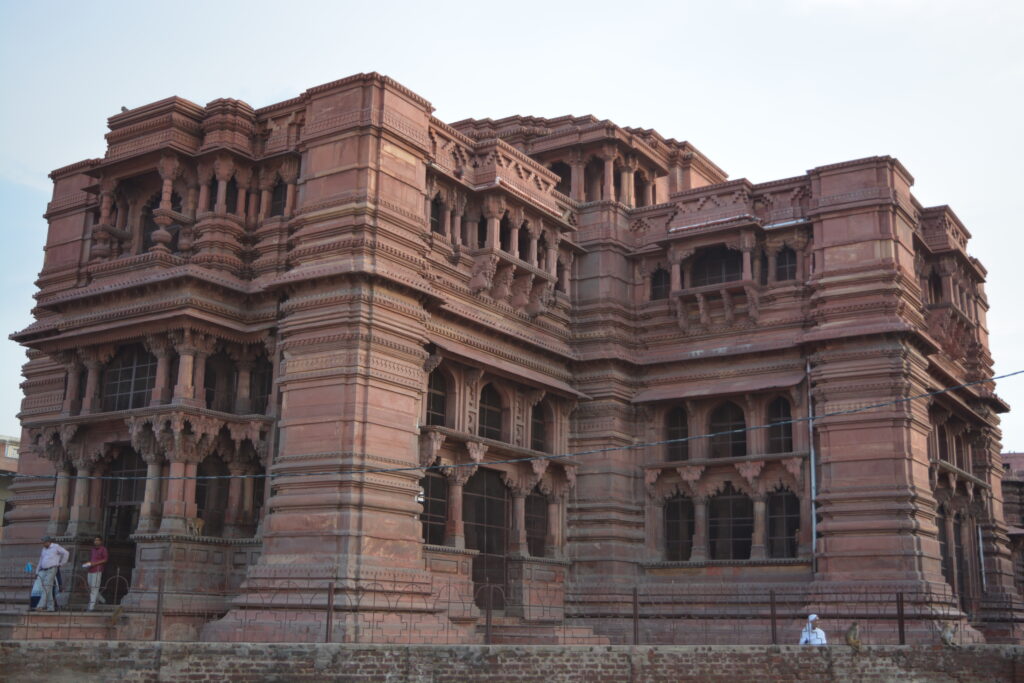
Similarly, the Jain tradition also found Braj to be a welcoming home. The first Tirthankara Bhagavan Rishabhnath was associated with this area. The twenty-second Tirthankara Bhagwan Neminath was born in Braj, and the Jainas propitiate him as Krishna’s brother. The last Kevali, Jambu Swami, did his penance at “Chaurasi”, within the Caurasi Kos Braj, to attain nirvana.
Thus enriched by the Vaishnav and Saiva, Jain and Buddha traditions, the culture cauldron of the Braj region grew in multiple directions. Mathura became the world-famous school of sculptors who supplied far and wide the sacred idols of all these traditions. The stupas, chaityas, vihars, sangharams and mandirs gave a fillip to architectural creativity. Literary conclaves were a regular feature. Fine and performing arts blossomed.
Varaha Mihira, in the sixteenth section of Brihat Samhita, includes the eastern half of Braj with all river lands under the protection of the planet Buddha (Mercury) and the western half “controlled by the purohits and the Bharatas and other managers of religious ceremonies under the tutelage of Vrihaspati (Jupiter)”. Greek visitors like Megasthenes were overawed by the grandeur of Mathura and its territories and described it as “a city of Gods”.
Unfortunately, after the sixth century Mathura and its environs were devastated and plundered by the Hunas. The same act was repeated in the beginning of he eleventh century by Mohammad Gazni, and again at the end of thirteenth century by Allauddin Khilji. Later, in the beginning of the sixteenth century, the wrath of the Lodhis also did not spare this land. In all this, the Hindu, Buddhist and Jain institutions were all systematically weakened, if not destroyed.
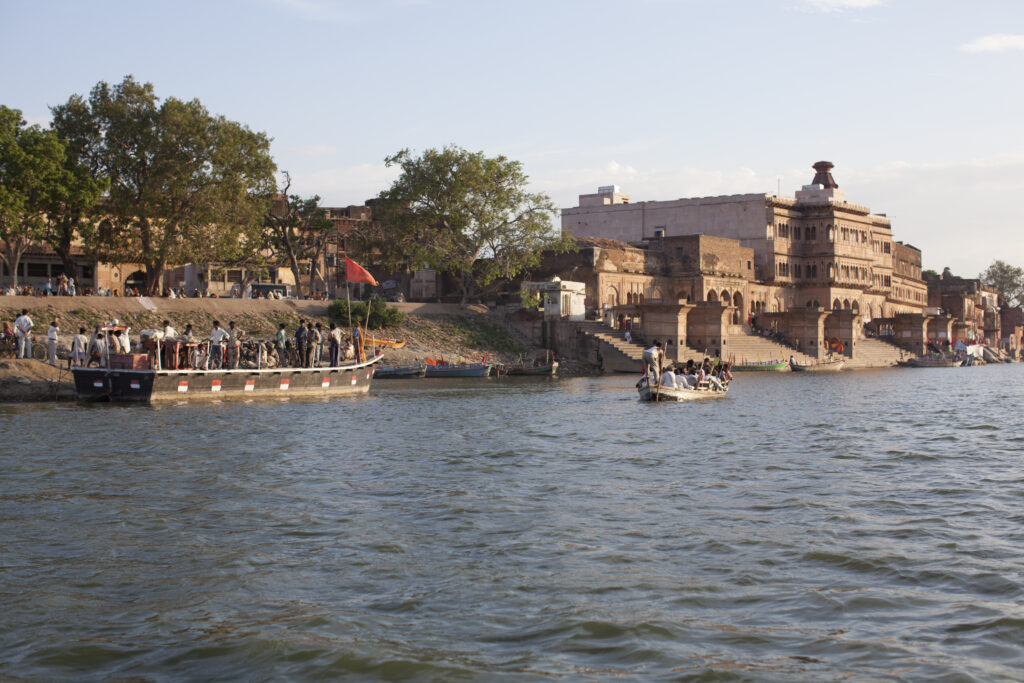
The Sunga, the Saka, the Mauryas, the Kushans and later the Gupta rulers continuously nurtured Braj and carried its glory to even further heights. A grand monument was erected by the Guptas to celebrate Krishna’s birth in Mathura.
In the early decades of the sixteenth century, Braj bhoomi attracted two visitors who rendered invaluable service for its restoration and recreation. Mahaprabhu Vallabhacharya landed here at the end of fifteenth century, and he was followed by Caitanya Mahaprabhu in 1516. For them Braj was available, of course, only as Mathura and a few surrounding pilgrimage centers. Despite its physical-geographical leanness, Braj was fully thriving in the theatre on memory. The Puranic tradition not only retained the lilas of Krishna, they beautifully bloomed in the Bhagavata Purana, especially with reference to Krishna’s revelry and sports in Braj.
Between the Bhagavata and Mahaprabhu Caitanya, there had been several other visitors who had enriched Braj and strengthened it through their literary and artistic creations. Braj fired the imagination of our greatest poets Kalidas, Vilvamangala, Jayadeva, Vidyapati, Chandidas and many others who kept nourishing the myth of Braj.
In 1515, Caitanya Mahaprabhu reached Mathura, having access to the sacred geography (bhav bhugol) even though the physical correlates were, in fact, mostly missing. His predecessors like Ramanuja and Madhava were satisfied with their southern Vrindavans at Srirangam and Udipi. Others like Nimbarka and Vallabha created their own Vrindavans in safety, away from the routes of marauding armies.
With the help of text and context, Caitanya re-identified many locals of Krishna’s pastimes in Braj, and the most important out of them happened to be Vrindavan then a deserted peninsular tract, used only by the invading armies to hunt for wild boar. Caitanya, in his characteristic way, recreated Vrindavan, the heart of Braj, in the eye of a political and military storm. The present-day Vrindavan as a busy pilgrimage destination is a corollary to Caitanya’s “madness”.


